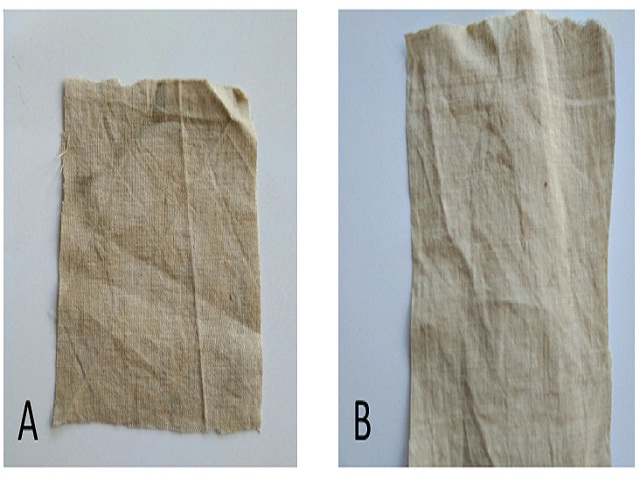Extraction of Dyes from Plant Sources and their application on Cotton and Wool using Mordants
DOI:
https://doi.org/10.5530/ctbp.2021.3s.46Keywords:
Beeta Vulgaris, Spinacia oleracea, xora coccinea, Brassica oleracea var. capitata f. rubra, Tagetes erecta, Cotton and WoolAbstract
Dyeing is an ancient art, which was practiced during the Bronze Age in Europe. Primitive dyeing techniques included sticking plants to fabric or rubbing crushed pigments into cloth. The methods became more sophisticated over time and techniques were developed using natural dyes from crushed fruits, berries and other plants, which were boiled into the fabric and gave light and water fastness [resistance]. The widely and commercially used synthetic dyes impart strong colors but causes carcinogenicity and inhibition of benthic photosynthesis. Hence, use of natural dyes have become an importance in today’s world. In this study, Natural dyes have been extracted from different plant sources namely, Beeta Vulgaris (Beetroot), Spinacia oleracea (Spinach), Ixora coccinea (Jungle Geranium), Brassica oleracea var. capitata f. rubra (Purple Cabbage), and Tagetes erecta (African Marigold) using mordants like FeSO4 and CuSO4 On Cotton and Wool. It was seen that Wool takes up the dye better than cotton because vegetable fibers like cotton take up less dye than animal fibers like wool and CuSO4 is a better mordant than FeSO4.



